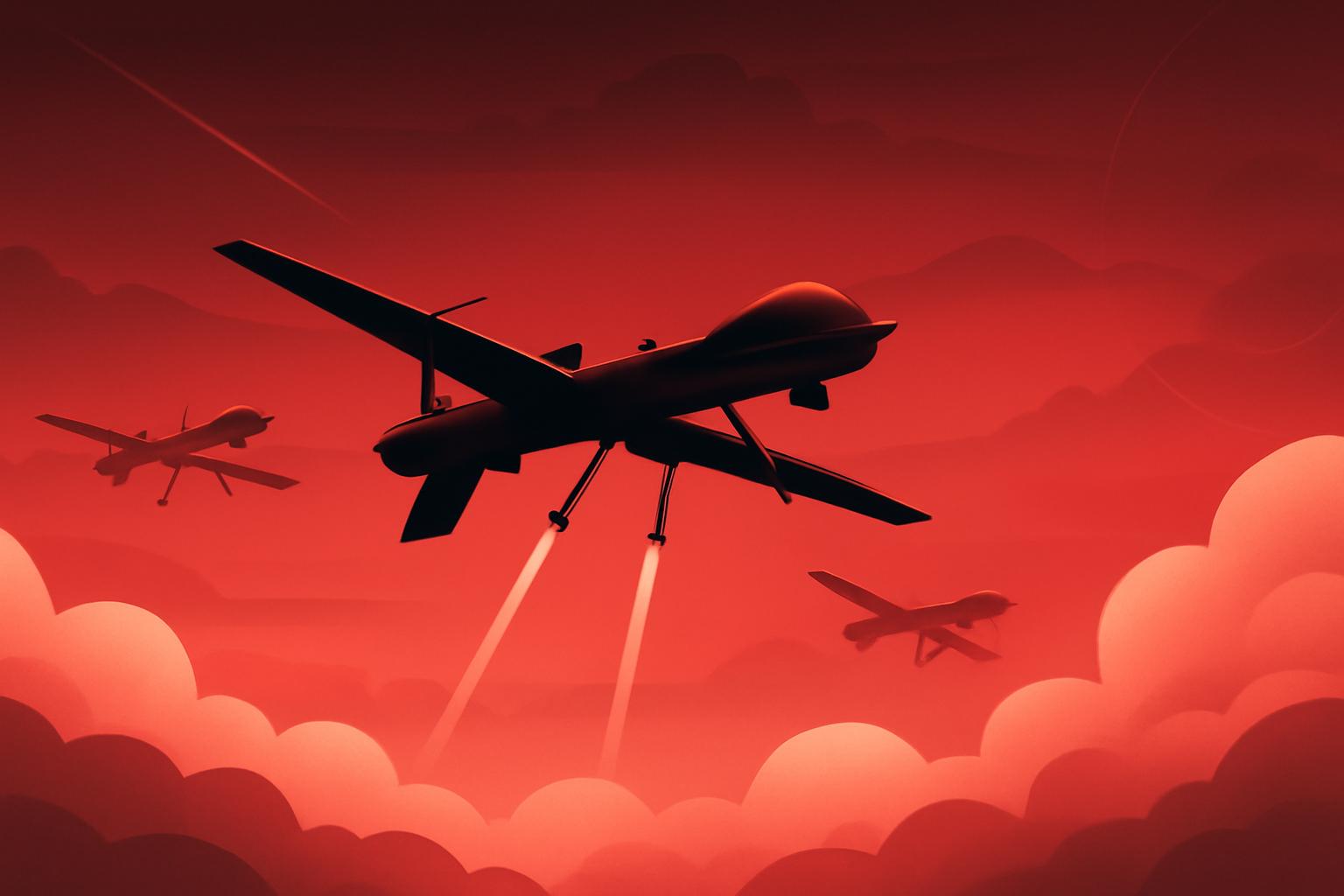Pilot Union Challenges FAA on Rainmaker’s Drone Cloud-Seeding Proposal
Rainmaker Technology’s initiative to deploy cloud-seeding flares via small drones has encountered strong opposition from the Air Line Pilots Association (ALPA), which has formally urged the Federal Aviation Administration (FAA) to reject the startup’s exemption request unless it complies with more rigorous safety standards.
The FAA’s forthcoming decision will serve as a critical indicator of how the agency intends to regulate weather modification activities involving unmanned aerial systems (UAS) in the future. Rainmaker’s plan hinges on securing this exemption.
Safety Concerns and Regulatory Challenges
Rainmaker petitioned the FAA in July to allow its Elijah quadcopter to carry hazardous cloud-seeding flares, a practice currently prohibited for small drones. The Elijah drone is capable of flying up to 15,000 feet mean sea level (MSL), positioning it within controlled airspace commonly used by commercial airliners, where drone operations require explicit Air Traffic Control authorization.
In its filing, Rainmaker indicated it would primarily operate in Class G (uncontrolled) airspace unless otherwise authorized. However, ALPA criticized the petition for lacking clarity on precise flight locations and altitudes. The union described the proposal as failing to demonstrate an adequate level of safety and characterized it as presenting an “extreme safety risk.”
Additional concerns raised by ALPA include the potential hazards posed by the flares themselves, such as foreign object debris and fire risks. The union also noted the absence of trajectory modeling for the ejectable flare casings and insufficient analysis of the environmental impact of the chemical agents used.
Rainmaker has stated that its operations will be conducted over rural areas and private lands where it has established agreements with landowners, aiming to minimize risks to populated regions.
Context of Cloud Seeding and Technological Innovation
Cloud seeding is a weather modification technique dating back to the 1950s, primarily conducted in the Western United States using crewed aircraft in coordination with state agencies. The method involves dispersing particles such as silver iodide into clouds to stimulate precipitation by encouraging ice crystal formation, which can enhance snowfall and water availability.
Rainmaker’s approach seeks to replace manned aircraft with drones to conduct cloud seeding. The company argues that using remotely piloted drones over defined rural areas, with trained personnel and comprehensive safety protocols, could ultimately improve operational safety.
The FAA has yet to make a ruling, having issued a follow-up request for more detailed information regarding Rainmaker’s operational and safety plans. The agency’s decision will likely influence regulatory frameworks for unmanned weather modification operations moving forward.
Next Steps and Industry Implications
The FAA’s response to Rainmaker’s petition will be closely watched by stakeholders across aviation, environmental science, and drone technology sectors. If approved, Rainmaker’s drone-based cloud seeding could herald a new era in weather modification techniques. Conversely, rejection or stringent conditions could slow the adoption of unmanned systems for such purposes.
Neither Rainmaker nor ALPA responded to requests for further comment.
Reporting by Aria Alamalhodaei and Tim De Chant for TechCrunch.
FinOracleAI — Market View
Rainmaker Technology’s pending FAA exemption to conduct cloud seeding via drones faces significant regulatory and safety hurdles, as highlighted by opposition from the Air Line Pilots Association. The uncertainty around approval introduces near-term risk for Rainmaker’s operational and commercial prospects. Key risks include regulatory rejection or imposition of stringent safety requirements that could delay deployment.
Investors should monitor FAA’s forthcoming decision and any additional safety data submitted by Rainmaker. Approval could open a scalable market for drone-based weather modification, while rejection would maintain the status quo of manned cloud-seeding operations.
Impact: negative













